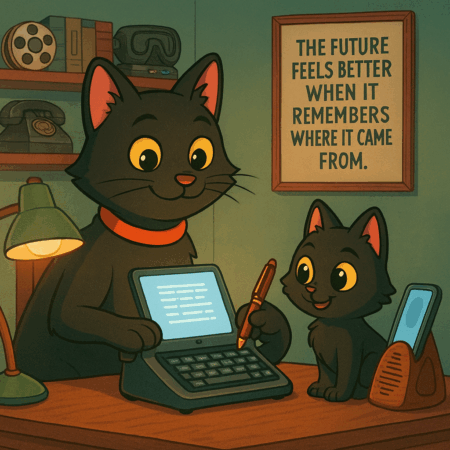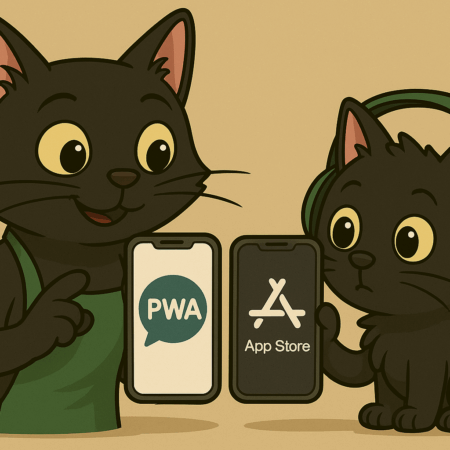The rise of audio and hybrid digital content has created a variety of formats for storytelling, branding, and communication. While the podcast remains the most recognisable, newer variations such as micro podcasts and blogcasts are carving out their own space. Each offers unique benefits, with a few limitations, but all contribute to building deeper connections with audiences in different ways.
What Is a Podcast?
A podcast is a series of audio episodes available on demand, often focusing on a specific theme, subject, or audience. They can be long-form or short-form, produced by individuals, media outlets, or brands.
Strengths:
- Long-form podcasts provide space for detail, interviews, and storytelling.
- Audiences often form strong bonds with hosts due to regular, familiar delivery.
- Distribution across major platforms (Spotify, Apple Podcasts, etc.) creates wide reach.
Considerations:
- Requires time commitment from both creators and listeners.
- Production values are expected to be relatively polished in today’s market.
As one industry analyst put it: “Podcasts thrive on intimacy, delivering the human voice directly into someone’s ears, making it one of the most engaging formats.”
What Is a Micro Podcast?
Micro podcasts are shorter, highly focused audio clips—often just two to five minutes in length. They suit busy audiences looking for quick insights, updates, or bursts of inspiration.
Strengths:
- Ideal for daily updates, bite-sized learning, or news-style segments.
- Easier and faster to produce, lowering barriers for new creators.
- High potential for viral sharing on social media.
Considerations:
- Limited time restricts depth of conversation.
- Some listeners prefer longer content to settle into, rather than “snippets.”
Still, their popularity is growing. A marketing survey noted that “short-form audio has found its place in fast-paced daily routines, mirroring the rise of short-form video.”
What Is a Blogcast?
A blogcast blends written and spoken content by transforming blog posts into audio versions. They can be read aloud by a narrator, voiced using AI tools, or expanded with additional commentary.
Strengths:
- Provides accessibility for audiences who prefer listening over reading.
- Extends the reach of existing blog content without starting from scratch.
- Can improve SEO by repurposing text and audio together.
Considerations:
- If simply “read aloud,” delivery can feel less engaging than conversational podcasts.
- Requires thoughtful editing to adapt written language into natural-sounding audio.
Blogcasts have been praised for “unlocking content libraries” and giving businesses new ways to connect with audiences who might otherwise never read their articles.
Comparing the Three
| Format | Best For | Key Benefits | Challenges |
|---|---|---|---|
| Podcast | Storytelling, interviews, in-depth discussion | Deep engagement, wide reach, builds loyalty | Time-intensive, higher production standards |
| Micro Podcast | Quick updates, news bites, inspiration | Fast to produce, easy to consume, shareable | Limited depth, may not suit every topic |
| Blogcast | Repurposing written blogs into audio | Accessible, efficient, SEO-friendly | Needs adaptation for natural delivery |
Final Thoughts
Podcasts, micro podcasts, and blogcasts all serve different but complementary purposes. Podcasts excel at depth and relationship-building. Micro podcasts provide agile, digestible content for busy audiences. Blogcasts maximise the life and reach of written content by making it more accessible.
For businesses, these formats should not be viewed as competitors but as tools that can be blended strategically. Used together, they offer a diverse content ecosystem—meeting audiences wherever they are, however they prefer to consume information.












